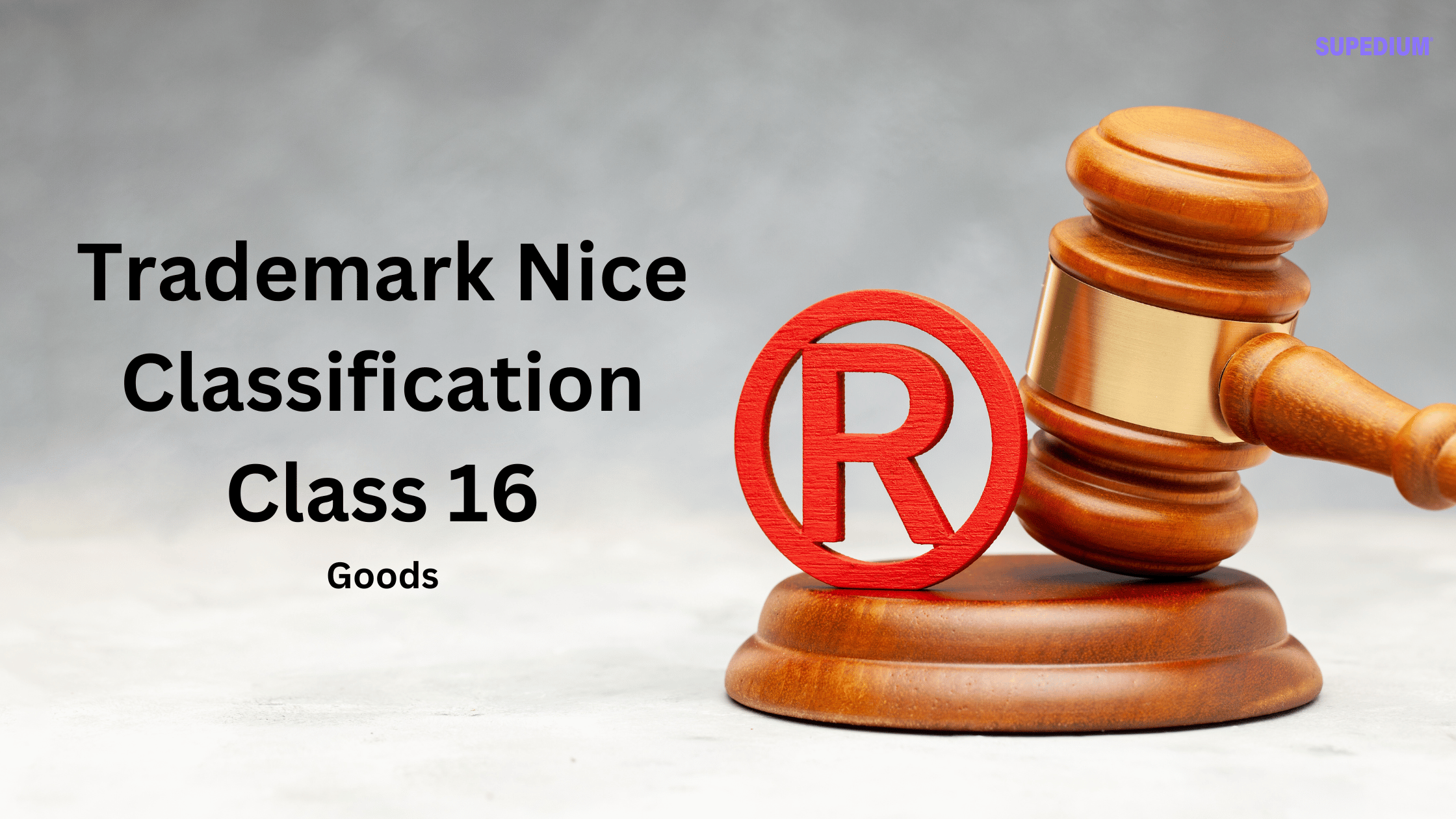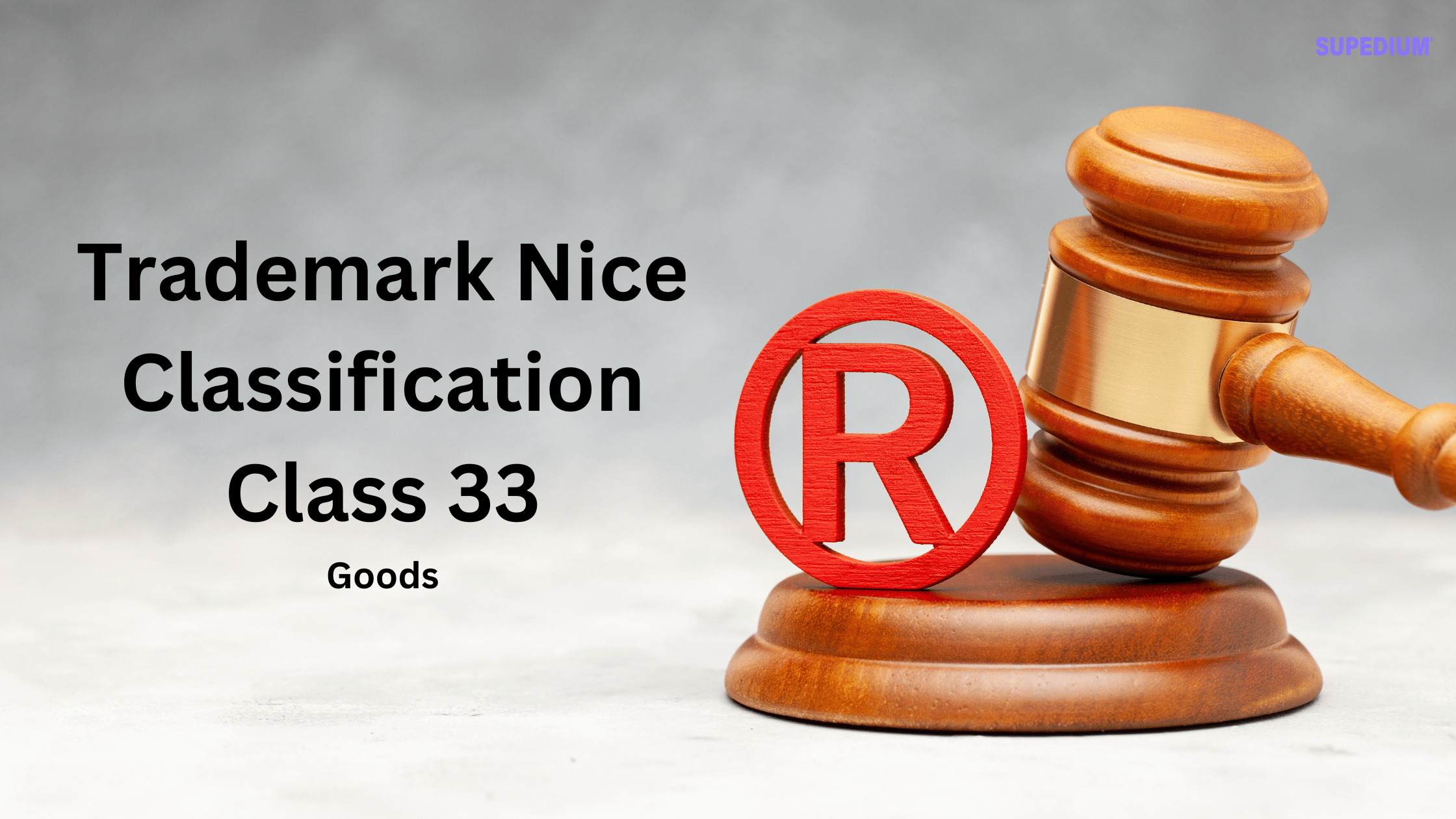Table of Contents
![]()
I. Introduction
The Trademark Nice Classification system is an internationally recognized classification of goods and services for the registration of marks. Established by the Nice Agreement (1957), it aims to simplify the trademark registration process and facilitate international trade. Among the various classes defined within this system, Class 16 plays a crucial role in the categorization of paper-related products and office supplies. This article will explore the contents, specific items, and exclusions of Class 16, highlighting its significance for businesses and artists alike.
II. Overview of Class 16
Class 16 encompasses a wide range of products primarily made from paper and cardboard, as well as certain office requisites. The main categories included in this class are:
- Paper and Cardboard: These are the fundamental materials that form the basis of many products classified under this category.
- Printed Matter: This includes various forms of printed publications, such as books, magazines, and brochures.
- Office Requisites: This category covers essential items used in office settings, excluding furniture.
Key characteristics of goods in Class 16 involve their everyday utility and widespread applicability across various sectors, including education, business, and the arts.
III. Detailed Breakdown of Class 16 Goods
A. Paper and Cardboard Products
Class 16 includes numerous types of paper and cardboard items, ranging from standard sheets of paper to specialized cardboard used for packaging. These materials are essential in various industries, such as publishing, packaging, and crafting, making them vital for both commercial and personal use.
B. Printed Matter
Printed matter is a significant component of Class 16. It includes a variety of products such as books, magazines, brochures, and other printed publications. These items are crucial for communication and marketing purposes, serving both educational and commercial functions.
C. Office Requisites
Office requisites encompass a broad spectrum of stationery items and office supplies, such as:
- Stationery Items: Notebooks, pens, and paper clips are common examples that facilitate daily tasks.
- Office Machines: This includes essential equipment like typewriters, duplicators, and pencil sharpeners, which enhance productivity in office environments.
- Adhesives: Items such as glue sticks and tape, used for both personal and professional tasks, fall under this category.
IV. Specific Items Included in Class 16
Class 16 is home to several specific items that serve various functions in both professional and artistic settings:
A. Paper Knives and Cutters
These tools are essential for accurately cutting paper, making them indispensable for both office tasks and creative projects.
B. Document Holders and Organizers
This category includes items such as document files, money clips, passport holders, and paper clips. These tools help individuals and organizations manage paperwork efficiently.
C. Office Machines
Certain machines, such as typewriters and duplicators, are classified under Class 16. Although technology has evolved, these items still find relevance in specific niche markets.
D. Art Supplies
Class 16 also includes a variety of painting articles used by artists, such as easels, palettes, and paintbrushes, catering to both professional artists and hobbyists.
E. Unique Paper Products
This category covers disposable paper products like bibs, handkerchiefs, and table linen. Additionally, it includes artistic works made from paper or cardboard, such as figurines and sculptures.
V. Exclusions from Class 16
While Class 16 covers a wide range of goods, certain items are specifically excluded and categorized under different classes. These exclusions include:
- Paints (Class 2): Paints used for artistic or decorative purposes fall under a different classification.
- Hand Tools for Artists (Class 8): Tools like spatulas and sculptors’ chisels are classified elsewhere.
- Teaching Apparatus (Class 9): Items such as audiovisual teaching equipment and educational toys do not belong to Class 16.
The rationale behind these exclusions lies in the functional distinctions between the items. Proper classification ensures that each product is accurately represented, aiding in trademark registration and protection.
VI. Conclusion
Class 16 of the Trademark Nice Classification system plays a vital role in the categorization of goods related to paper and office supplies. Understanding the scope of this class, including specific items and exclusions, is essential for businesses and artists seeking to protect their intellectual property. By navigating the complexities of trademark registration, stakeholders can ensure their products are adequately classified, thereby enhancing their marketability and safeguarding their brand identity.
Share This





Be the first to comment